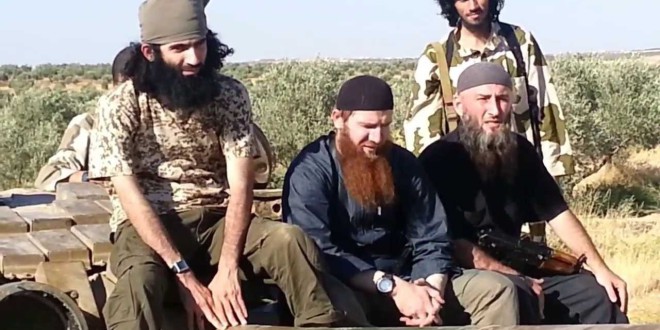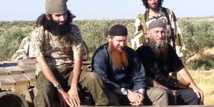Using data supplied by 26 EU countries, the independent think-tank found that while around 30 percent have since returned home, about 14 percent were killed on the battlefield.
The centre also found that there was "no clear-cut profile" of a foreign fighter. Some 17 percent of the group were women, and up to 23 percent were converts to Islam.
More than 90 percent come from large metropolitan areas, some from the same neighbourhoods suggesting the "radicalisation process" is short and "often involves circles of friends radicalising as a group and deciding to leave jointly for Syria and Iraq."
The report -- complied before the March 22 attacks in Brussels -- reiterated that Belgium has the highest number of foreign fighters per capita in the European Union.
Between September 2014 and September 2015 there were reportedly some 30,000 foreign fighters in Iraq and Syria from around 104 countries.
"Experts and government officials have increasingly warned of the potential security threat this phenomenon might also pose to Europe and beyond," the report said.
It found that while European countries have tightened national security and border controls, only nine have made it a criminal offence to become a foreign fighter.
Few countries also have any kind of reintegration programme for those returning from the conflict areas.
And the changing pattern of foreign fighters, including the radicalisation of women as well as the very young, as well as those with possible mental health issues "are not (yet) reflected in more targeted policies."
The centre recommended that the EU should set up an internal reporting system, saying there was "a clear need for an effective (and centralised) monitoring and evaluation framework" to analyse the impact of existing policies.
-------------------------------------------------------------------------------------------------------------------
The centre also found that there was "no clear-cut profile" of a foreign fighter. Some 17 percent of the group were women, and up to 23 percent were converts to Islam.
More than 90 percent come from large metropolitan areas, some from the same neighbourhoods suggesting the "radicalisation process" is short and "often involves circles of friends radicalising as a group and deciding to leave jointly for Syria and Iraq."
The report -- complied before the March 22 attacks in Brussels -- reiterated that Belgium has the highest number of foreign fighters per capita in the European Union.
Between September 2014 and September 2015 there were reportedly some 30,000 foreign fighters in Iraq and Syria from around 104 countries.
"Experts and government officials have increasingly warned of the potential security threat this phenomenon might also pose to Europe and beyond," the report said.
It found that while European countries have tightened national security and border controls, only nine have made it a criminal offence to become a foreign fighter.
Few countries also have any kind of reintegration programme for those returning from the conflict areas.
And the changing pattern of foreign fighters, including the radicalisation of women as well as the very young, as well as those with possible mental health issues "are not (yet) reflected in more targeted policies."
The centre recommended that the EU should set up an internal reporting system, saying there was "a clear need for an effective (and centralised) monitoring and evaluation framework" to analyse the impact of existing policies.
-------------------------------------------------------------------------------------------------------------------









 Home
Home Politics
Politics











